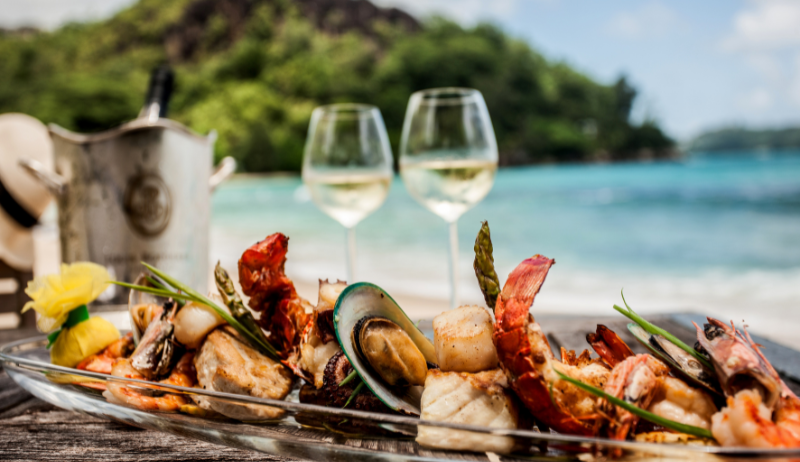Why Indonesian Skipjack Tuna Commands Premium Prices in Japanese Markets: The Rising Star of Southeast Asian Seafood
January 18, 2025

Why Indonesian Skipjack Tuna Commands Premium Prices in Japanese Markets: The Rising Star of Southeast Asian Seafood
In the bustling Tsukiji Outer Market of Tokyo, a peculiar trend has emerged: Indonesian skipjack tuna, once overlooked, now commands prices that rival the famed bluefin. This surprising shift has left many wondering: what makes this humble fish from Southeast Asia so special?
The Secret Behind Indonesia "Golden" Skipjack
"It is all in the fat content," explains Hiroshi Tanaka, a third-generation tuna buyer at Tokyo premier fish markets. "Indonesian skipjack, particularly those caught in the Banda Sea, have a unique marbling that we rarely see in skipjack from other regions."
This exceptional quality isn’t a happy accident. It’s the result of a perfect storm of environmental conditions, traditional fishing methods, and modern sustainability practices that have transformed Indonesia’s tuna industry.
Nature’s Perfect Recipe
The Banda Sea, nestled within Indonesia’s archipelago, creates ideal conditions for skipjack tuna development. The deep, nutrient-rich waters, combined with specific current patterns, allow the fish to develop higher fat content while maintaining the firm texture Japanese consumers prize.
Local fishermen have long known about these special conditions. "Our ancestors chose these fishing grounds carefully," says Pak Dharma, a fifth-generation fisherman from Maluku. "They understood that tuna caught here had something special – now the world is finally noticing."
Traditional Wisdom Meets Modern Methods
What truly sets Indonesian skipjack apart is the harmonious blend of traditional and modern fishing practices. Local fishermen still use selective pole-and-line methods, a technique that not only ensures quality but also maintains sustainability.
The game-changer came when Indonesian fishing communities partnered with Japanese cold chain experts. Together, they developed a revolutionary handling system that preserves the tuna premium qualities from catch to market.
The "36-Hour Revolution"
The industry’s latest innovation, dubbed the "36-Hour Revolution," has particularly captured attention. This processing method ensures that tuna reaches Japanese markets within 36 hours of being caught – maintaining optimal freshness and that coveted fat content that commands premium prices.
"When you cut into a properly handled Indonesian skipjack, the flesh literally sparkles," notes Chef Masahiro Kudo of the renowned Sushi Kudo. "It’s changing how we think about skipjack in high-end sushi."
Beyond Just Fish: A Cultural Renaissance
This premium status has sparked a renaissance in Indonesia’s fishing communities. Young people who once abandoned fishing for city jobs are returning, drawn by the industry’s new prestige and profitability.
The phenomenon has even inspired a new wave of culinary tourism, with Japanese food enthusiasts traveling to Indonesian fishing villages to experience "tuna culture" firsthand.
The Future of Fish
As global seafood markets evolve, Indonesia’s skipjack success story offers valuable lessons about the intersection of tradition, innovation, and sustainability. It’s not just about catching fish – it’s about preserving quality, respecting traditional knowledge, and adapting to modern demands.
With Japanese consumers increasingly concerned about sustainability and quality, Indonesian skipjack’s premium status appears secure. The real question now is: which other overlooked seafood treasures might be waiting to be discovered in Southeast Asia’s rich waters?
A Slice of Prestige
For now, in Tokyo’s prestigious sushi bars and fish markets, Indonesian skipjack continues to command respect – and premium prices – one slice at a time.

 English
English Chinese
Chinese